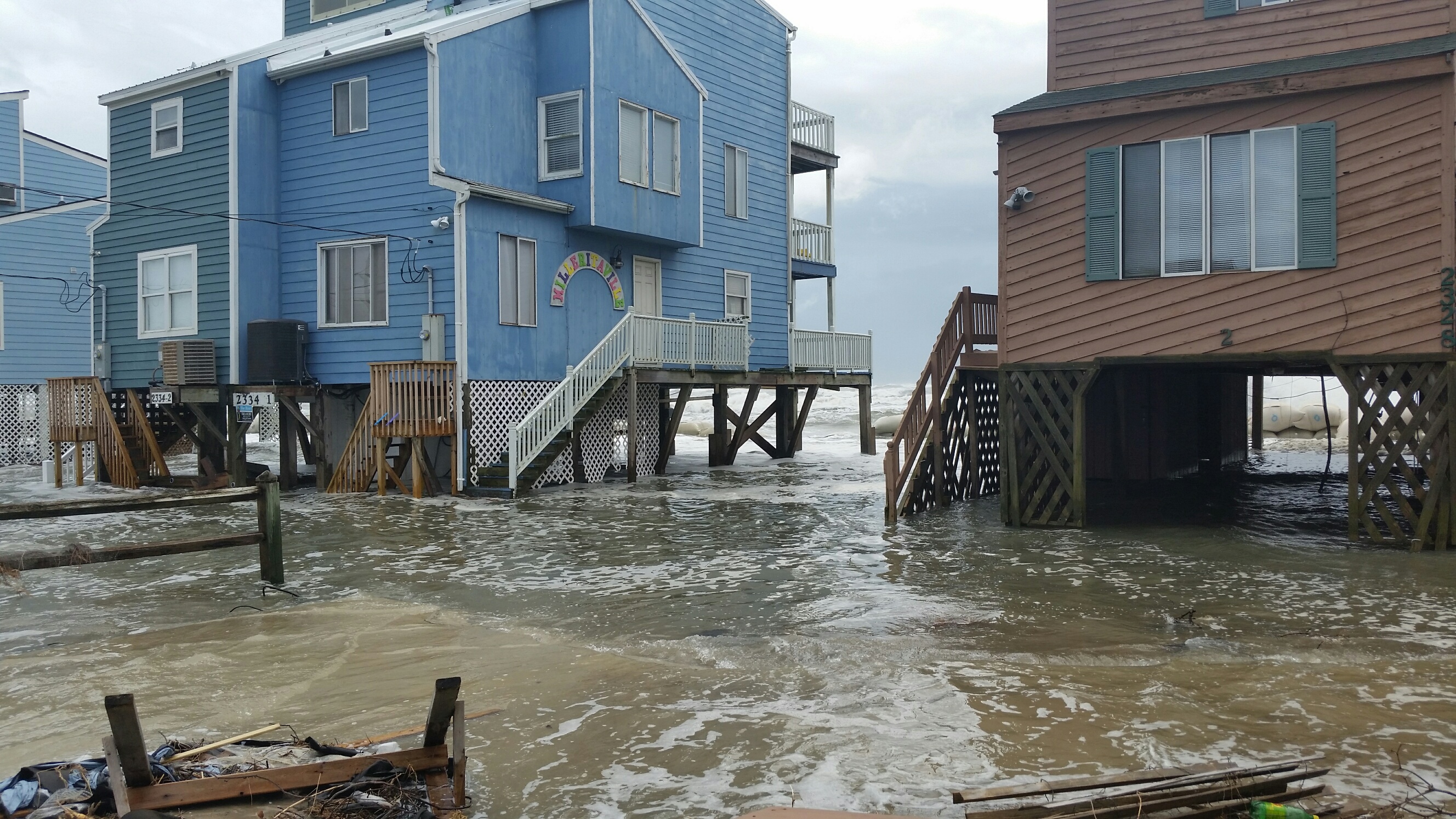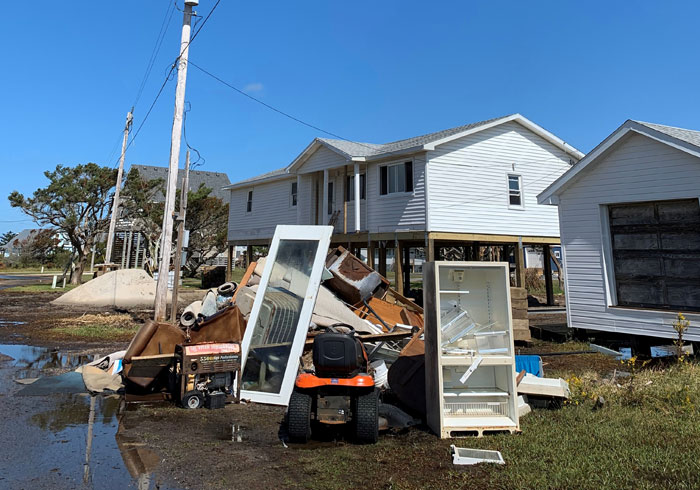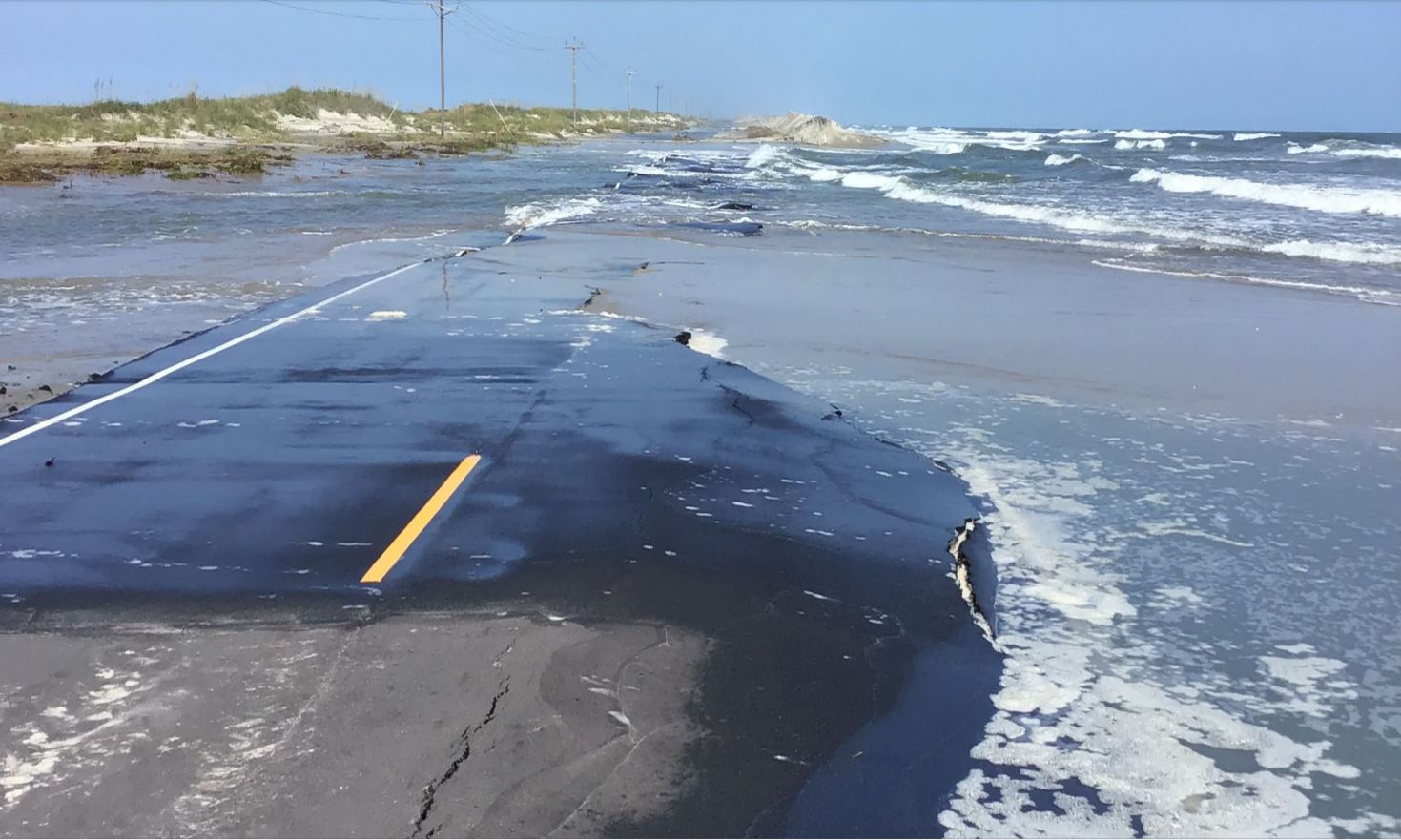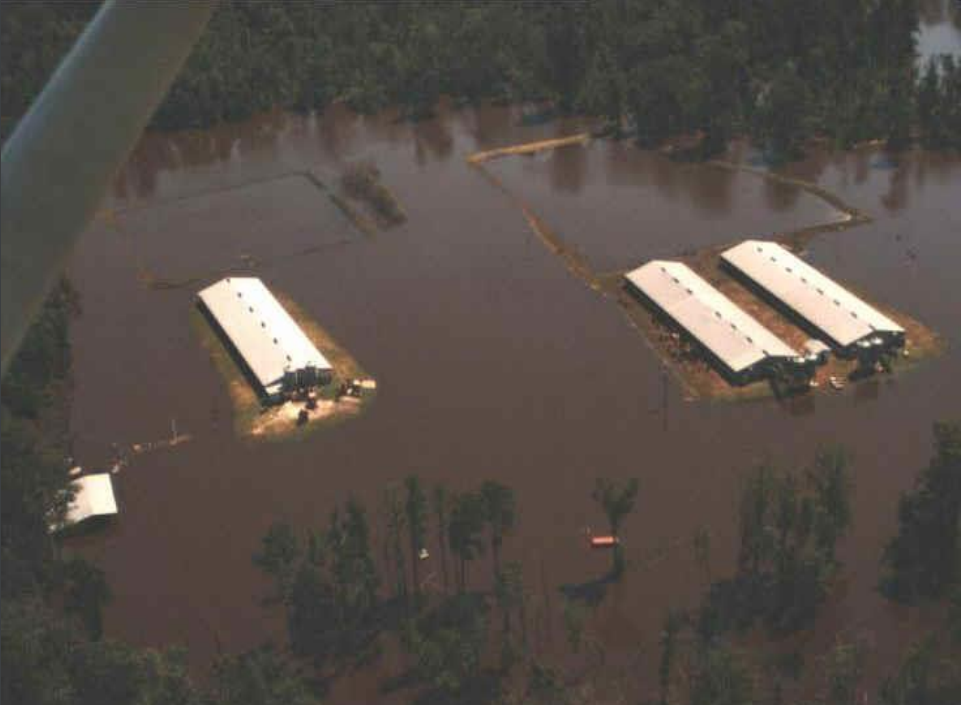
A new report finds that if steps aren’t taken immediately to fight climate change in the state, it will come out of the pockets of North Carolinians over the next 20 to 30 years.
The Environmental Defense Fund commissioned RTI International to look at the short-term financial ramifications if no urgent action is taken to curb climate-warming pollution. The report, “Climate Change in North Carolina: Near-term Impacts on Society and Recommended Actions,” is a 56-page document released Dec. 14 by the independent, nonprofit research and development institute in the Research Triangle Park.
Supporter Spotlight
RTI researchers relied on the findings from the North Carolina Climate Science Report, or NCCSR, released in June and updated in September that assesses historical climate trends and potential future climate change in the state under increased greenhouse gas concentrations.
“Looking at the report as a whole, it is alarming to see how the costs of climate change are mounting across North Carolina’s economy — virtually no sector will be untouched,” said David Kelly, EDF North Carolina Political Affairs senior manager. “Farmers are seeing crop impacts from the boomerang of droughts and floods; residents and business owners at the coast are seeing their wallets and properties battered by flooding and hurricanes; hospitals are seeing more emergency room visits from extreme heat, and more. Lately, the effects of climate change have not been subtle.”

EDF, an international nonprofit organization that creates solutions to the serious environmental problems, links science, economics, law and innovative private-sector partnerships. The Raleigh-based staff works on a wide range of issues, from climate and clean energy, to stream restoration, to habitat protection on working lands, to sustainable agriculture and fisheries, Kelly said.
George Van Houtven, author of the new climate change report and researcher at RTI International, explained in an interview that numerous human activities release warming gases into the atmosphere, which increase air temperatures globally, leading to climate change.

“These activities include the burning of fossil fuels like oil, coal and gas. This warming leads to many hazards for humans including sea level rise, stronger hurricanes and, in some places, more frequent and intense rainstorms. The negative impacts on human health, safety and economic livelihoods will only increase if nothing is done to combat climate change and its hazards,” he said.
Supporter Spotlight
“Climate Change in North Carolina” focuses on climate change projections for the state, based on a “no climate action” scenario, or how is climate expected to change if no meaningful action is taken at a global scale to reduce emissions, and looks at nine types of climate hazards: air temperature increases, precipitation changes, flooding, high winds, wildfires, landslides, water temperature and quality changes, air quality changes, and Insects, pathogens and invasive plants.
Researchers estimated projected costs caused by these climate impacts on eight major sectors of the state’s economy within the next 20 to 30 years. The eight major sectors are human health and safety, agriculture and forestry, commercial fishing and aquaculture, transportation infrastructure, water infrastructure and services, energy supply and demand, recreation and tourism, and residential and commercial property.
Van Houtven said that one of the most pressing issues is the increased risk of flooding across the state, but particularly in coastal areas.
“Coastal areas are particularly at risk because they face the combined effects of sea level rise, larger and more powerful hurricanes and more intense and frequent rainstorms,” he said.
The combination of sea level rise and more intense coastal storms will be extremely costly for properties and infrastructure in the coastal region, Kelly said. He gave the example that more than 1,300 residential and commercial properties, valued at almost $340 million, are at risk of chronic flooding, or flooding at least 26 times per year. By 2045, with no climate action, this estimate jumps to almost 15,600 properties, valued at nearly $4 billion.
“To understand the magnitude of this impact you have to look beyond the immediate damage. More flooding increases insurance rates and decreases property values, which then erode the local tax base needed for essential community services, like schools and hospitals. In lower-income communities across eastern North Carolina, these changes can be devastating,” Kelly said.
Another finding Kelly pointed out is that more coastal flooding could mean more traffic.
“In North Carolina, over 2,000 miles of roadways are estimated to already be at risk of high-tide flooding. The total number of hours that motorists spend in roadway delays because of high-tide flooding will increase more than four-fold between now and 2060,” he said.
Climate change is also expected to increase the cost to maintain the state’s road system. North Carolina currently spends about $1 billion every year on state-maintained roads. Climate change, particularly through its effects on sea levels and extreme events, such as floods, extreme heat and landslides, will make it increasingly costly to maintain this system.

Van Houtven said that in addition to the increased risk of flooding, “one major concern from warming temperatures is a large projected increase in the number of very hot, max above 95-degree days, even in the next 20 years. This will significantly increase the risk of heat-related illness, particularly for vulnerable populations such as farmworkers in eastern North Carolina.”
In the Raleigh, Wilmington and Fayetteville areas, emergency room visits caused by heat stroke and other heat-related conditions are projected in the report to double or triple from 2010 to 2050. These health risks will be disproportionately felt by low-income and socially disadvantaged populations, according to the report. In recent decades, farmworkers have accounted for 10 to 20% of heat-related illnesses and deaths in the United States.
The agriculture and forestry sector is vulnerable to almost all the climate hazard categories, according to the findings. Projected temperature and precipitation change are expected to negatively affect production and farm income. The most harmful hazards likely will be caused by intensifying extreme events, such as hurricanes, extreme heat, droughts and floods.
“As a point of reference, Hurricane Florence in 2018 caused $1 billion in combined crop and livestock losses and $50 million in forestry losses,” the report notes.
Commercial fishing and aquaculture will also be hard hit by climate change, particularly more severe hurricanes and storms.
“For example, in 2018, Hurricane Florence caused $13.5 million in commercial fishing and aquaculture losses. In addition, changing ocean temperatures are expected to shift habitats for commercially caught fish species. Warming estuarine waters may also lead to more fish kills, and increasing ocean acidification can harm shellfish production, which could impact many livelihoods in this industry,” the report states.
The report also indicates that the state will see an increase in water-related issues. “Many of the most severe climate threats facing North Carolina—from sea level rise, to stronger rainstorms and hurricanes, to changes in water quality and temperature —are related to water. Therefore, not surprisingly, climate change is already putting significant pressure on water systems and services, such as putting residents at higher risk of dam failures, and these pressures will only increase in the coming decades.”

Kelly reiterated that the state is already seeing the impacts of climate change — from the mountains to the coast and everywhere in between.
“Many people hear about climate change as a faraway and distant threat — a problem that will impact future generations. This research reveals the very tangible ways that climate change is affecting N.C. residents and the economy now — and how those costs will rise within the next few decades,” Kelly said. “It shows that, while planning for the future, we must simultaneously take action now to curb the impacts of climate change that North Carolinians are already feeling — effects of extreme heat, drought, strong storms and flooding. All of these effects are the result of a changing climate, and our neighbors in Black and Brown communities are feeling the effects disproportionately more than other areas.”
Kelly added that the report demonstrates that this isn’t a problem “we can continue to push off: we must move to implement actionable policy solutions like those identified in the Clean Energy Plan.”
The Clean Energy Plan was developed through a series of stakeholder meetings and working groups in response to Gov. Roy Cooper’s Executive Order 80, “North Carolina’s Commitment to Address Climate Change and Transition to a Clean Energy Economy,” which calls for significant near-term reductions in climate-warming pollution across the state’s electric power sector and identifies several policy pathways for achieving those results, Kelly said.
The North Carolina Climate Science Report, which the climate change cost report is based on, supports Executive Order 80 as an independent, peer-reviewed scientific contribution.

“Hopefully the information in the report will put state leaders on high alert that we cannot afford to delay concrete policy action on climate change. These findings compel us to act decisively to put a firm limit on climate-warming pollution — an action that can help curb the worst impacts of climate change, while growing clean energy jobs and protecting the communities most impacted by pollution and climate impacts,” Kelly said.
Immediate actions the report recommends includes aggressively moving away from fossil fuels, like coal, oil, and gas, to avert some of the most catastrophic impacts of climate change.
“While there is no substitute for federal action on climate, state initiatives are essential to making critical near-term reductions, helping mitigation of greenhouse gas (GHG) emissions and offering a roadmap for ambitious federal action, especially since North Carolina ranks among the nation’s top 15 emitters of CO2,” according to the report.
Other recommendations include making it easier to invest in clean energy and carbon reduction technology, promote electric vehicles, work with others who have had success with resilience tools, fine tune state-level resilience plans, incentivize resilient farming practices, use public and private programs funding for resilience planning and action, and protect and conserve multi-benefit natural lands.
Van Houtven explained that many of the findings and recommendations from this report are equally applicable to other states, particularly in the Southeast.
“There is clear evidence that climate change is already affecting the people and economy of North Carolina. These impacts are likely to grow and even accelerate, especially if the state does not act to reduce greenhouse gas emissions and to prepare, adapt, and protect against the growing hazards from climate change,” Van Houtven said.
“Actions taken in North Carolina to address climate change could serve as a model and leadership for other states. One example of a step that North Carolina could take would be to implement policies that put a price on greenhouse gas emissions as a way to incentivize cost-effective emission reductions.”







